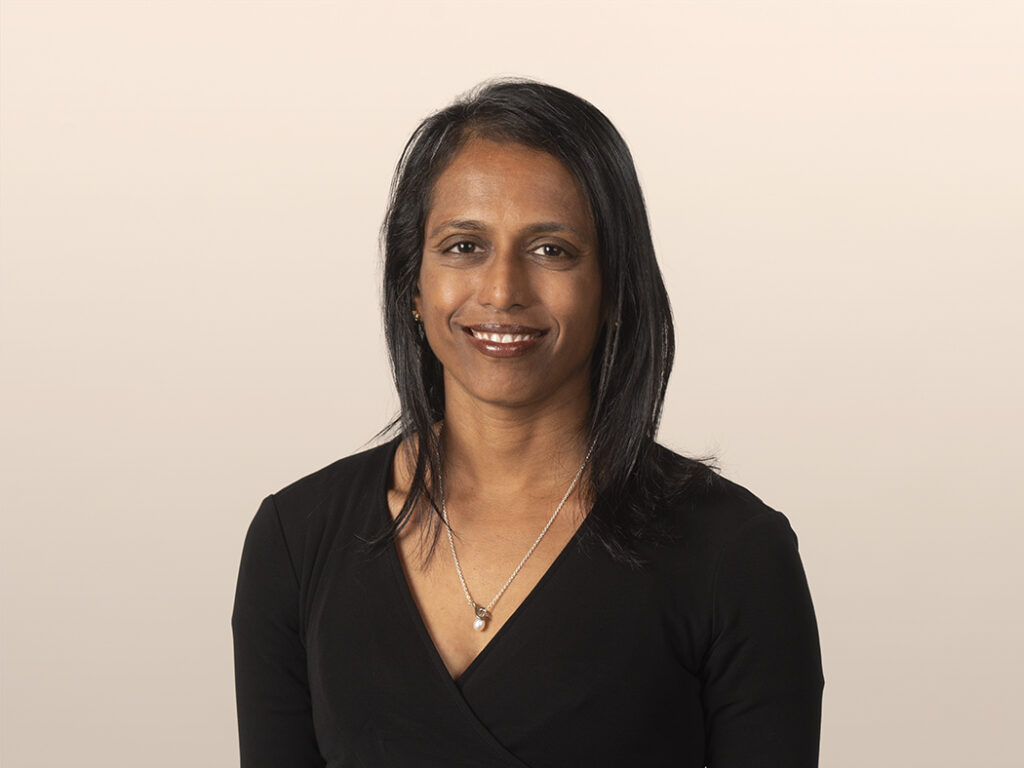The Art of Awesome Curation: Lessons from Gilt and Houzz
One of the most common questions I get is “Who does personalization really well?” And at its heart, great personalization is about effectively deciding which products (or offers) from a deep product catalog to showcase when and to whom. Ever since Gilt Groupe founder Alexis Maybank spoke at one of Forrester’s eBusiness Forums and talked about the scores of email iterations her company executes with every email drop, Gilt is usually at the top of my list of answers. It’s particularly impressive because anyone in luxury knows that scaling digital content and creating personalized experiences is incredibly difficult because of luxury’s especially cumbersome creative processes.
Well, now they’re taking it even further, going beyond the company’s implicit personalization (subtly varying content and layout on the Gilt homepage or emails, largely unbeknownst to shoppers) to the company’s first ever explicit personalization efforts. CIO Steve Jacobs walked me through the new feature last week: a new box titled “Your Personal Sale” (for most users that Gilt has data about), which links to a special page of curated items that varies for every customer. 
On the surface, it may sound like Shop It To Me (the email service that sends you products from your favorite brands whenever they go on sale), but it’s actually much more. Recommendations are based on everything from purchase history to browse data (which is of course possible because almost every Gilt session forces a login). I think it’s really clever and should continue to help Gilt keep pulling ahead of its competition. Here’s my take on this development and why it is notable:
- They can better manage inventory. One of the challenges in the US flash sale space has been that the retailers need to buy inventory, a lot of which never sells. Companies are stuck with a number of “onesies” after an event. However, armed with size information about their shoppers, Gilt now has a smart way to give an effective second chance for the items that didn’t sell earlier. Additionally, I suspect the ability to vary pricing or limit markdowns for these types of items is much more powerful behind a dynamic “personal sale” that’s different for every user.
- It brings back Gilt's signature discretion. It’s not just old merchandise that can take advantage of the personal sales; rather, the personal sale lets Gilt go back to its roots. One of the benefits heralded about Gilt in its early days was that prestigious brands could liquidate items discreetly. As Gilt became more popular, the notion of discretion resonated less, but with personal sales, brands can set parameters around which items get showcased, to whom, and for how long, without the risk of anyone else ever seeing the sale.
- It drives customer satisfaction. Because they are so rare, even the most minor efforts around personalization, say, using a shopper’s name in an email, drive lift in key metrics like conversion. So it’s not surprising that something bigger like a personal sale would drive the positive feedback and promising numbers that Gilt is probably already experiencing as a result of this endeavor.
- It can scale. The beauty of this effort is that while it's tailored to every customer, there is a highly scaleable engine automatically generating the images shown on every shopper’s personal sale page. Gilt is in a unique position to take advantage of this because they are the largest of the US flash sale players, and that means they have the most data. Also unlike some of the physical off-price retailers that don’t have item-level inventory detail, which could inhibit their doing something like this, Gilt has that information. And the more data that exists, the more unique and effective the sales can be.
Now Houzz is hands down one of the best design sites on the web and is one of my favorite apps (I’m in the midst of remodeling a few rooms in my home, and it’s a great content snack for the stray minutes that always exist during any given day). It never ceases to amaze me how beautiful the images that appear on the app always are, even though they now have over 2MM images and not all are equally attractive. I talked to some Houzz folks on how they did it, and from what I could infer, they don't make mistakes that other crowdsourced companies have made in the past, like not thinking about how to pick good-looking photography or giving all content (even the lower-quality content) equal attention. There are two things any retailer can learn from Houzz in improving the look and feel of a site. First, cultivate a network of interested "experts" to contribute content. Most of the best pictures on Houzz aren't iPhone snapshots; rather, they are beautifully staged design photos from interior designers, contractors, landscape architects, and other professionals. Second, they have a process that helps to essentially score pictures and personalize the experience based on everything from the number of "saves" to idea books, user-generated comments, search queries, and even some manual assessments of images that separates the pretty pictures from the less attractive images. There's a lot of effort that goes into thinking about which images look good, which in turn keeps users engaged. Retail marketplaces often struggle with crowdsourced content (witness the early days of eBay and even Amazon now) because they prioritize attributes other than photography or they don't have a way to get great product photos from the start. On the other hand, companies like Etsy, in addition to Houzz, that do give attention to the visual experience have raised the bar in product discovery.
So to summarize: best practices to curating content can vary a lot depending on what you’re curating and where the content is coming from. But the end result is the same when it’s done well: super user engagement that creates loyalty and repeat visitation by figuring out how to more effectively expose items otherwise hidden deep in a product catalog.
